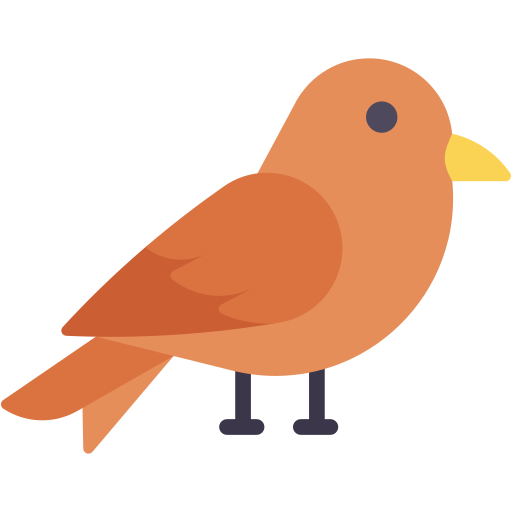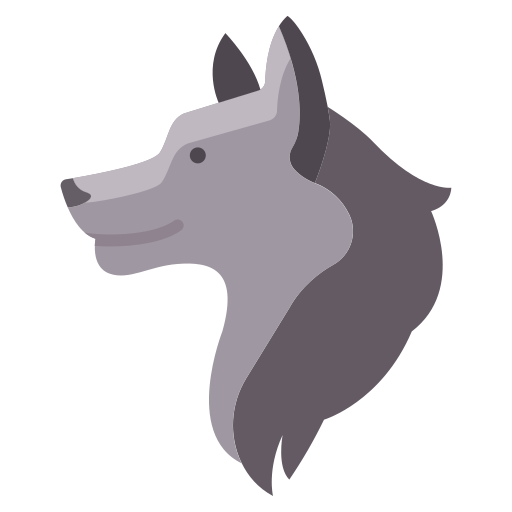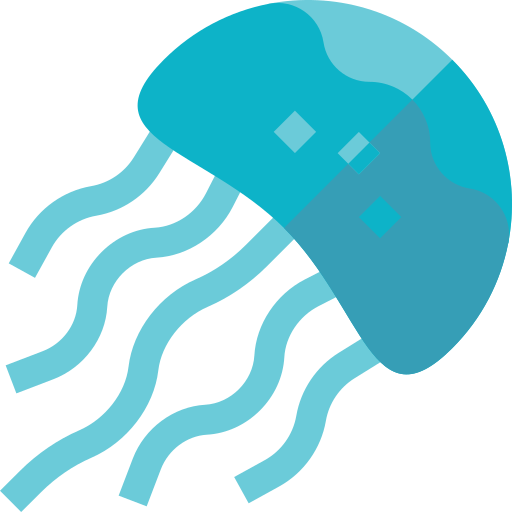Evolution is often called the “unifying theory of biology” because it organizes all of the observations gathered by biologists and proposes and explanation for those observations. All state standards for teaching science include a section on evolution (sometimes called adaptation or change over time).
Related Page: Animal Groups – Organized by Phyla
 Evolution
Evolution
Evolution: Fact, Fiction, or Opinion – students explore misconceptions about the theory of evolution
Should Evolution Be Taught in School? – students work together to develop arguments about the importance of teaching evolution
Simulations and Case Studies
Peppered Moth Activity – newspaper and colored paper simulated natural selection
Peppered Moth Simulation – updated simulation on the peppered moth
Stickleback Fish – This HHMI virtual lab requires students to count the phenotypes of stickleback fish in two distinct lakes
Modeling Natural Selection – use tools such as spoons to “capture” beans and determine the best adaptations
How Did the Guppy Get His Color – guided case study exploring pools in Trinidad and guppy coloration; includes data analysis comparing pools with predators to those without
Natural Selection with Bunnies and Wolves – interactive simulation at phet.colorado.edu where students manipulate variables such as climate, fur color, presence of predator, or food limitations.
Evolution of Bunnies – examine a set of four graphics showing change over time. Great opener for evolution and introduction to VIDA charts.
African Elephant: Change Over Time – examine a graph showing the number of elephants with tusks, showing that the number has changed as a result of poaching
![]() Evolution and the Rock Pocket Mouse – Students examine mouse populations on different substrates, adapted from HHMI BioInteractive
Evolution and the Rock Pocket Mouse – Students examine mouse populations on different substrates, adapted from HHMI BioInteractive
Data Analysis and Real World Examples
Lizards in a Hurricane – based on a BioInteractive activity that explores the size of lizard toepads on islands where there are hurricanes (slides/guided activity).
Data Analysis – Virginia Opossum – Students examine scatter plots that show phenotype variations among opossums in North America, exhibiting variations in coat color, ear length, and size.
Snake Detection Hypothesis – study showing how humans may have evolved the ability to detect snakes
Speciation on Daphne Major (Big Birds Get No Love) – data analysis showing how the size of finch beaks changes as a result of a drought
How Can Mutations Show Convergent Evolution – explore DNA mutations in aquatic mammals; analyze a phylogenetic tree
![]() Exploring Phenotypic Plasticity – Learn about arctic foxes and how they change color in the summer, a phenomenon called phenotypic plasticity.
Exploring Phenotypic Plasticity – Learn about arctic foxes and how they change color in the summer, a phenomenon called phenotypic plasticity.
Sexual Dichromatism in Parrots – Explore sexual dimorphism be examining data on parrot coloration and environment details, like predators, competition, and mate choice.
Evolution of Caffeine Producing Plants – examine protein sequences to determine if the gene for caffeine arose independently (AP Bio)
Bioluminescence in Nocturnal Millipedes – analyze a phylogenetic tree of the genus Motyxia
Are Bats Birds? – use Uniprot database to explore relationships between bats and birds, and whether whales evolved from land animals (Key, TpT)
Hardy Weinberg Equilibrium
Hardy Weinberg and the Rock Pocket Mouse – this version is for advanced classes and models how evolution is quantified mathematically
Teddy Graham Simulation and HW Equilibrium – use tasty snacks to model population changes and equilibrium
Hardy Weinberg Equilibrium and the Gray Squirrel – Students examine data on gray squirrel populations to determine if they are in equilibrium
 Evolution Practice and Reinforcement
Evolution Practice and Reinforcement
VIDA Chart for Evolution – can be used with any model organism to organize concepts: variation, inheritance, differential survival, and adaptation
Evolution Concept Map – graphic organizer, shows terms related to evolution and how they are connected
Reinforcement – Evolution – vocabulary exercise, match terms to definitions with key (TpT)
Evolution Crossword Puzzle – terms related to topic of evolution; Darwin, Galapagos, and natural selection
Galapagos Finch Video (HHMI) – video link with questions for students to answer
Examining the Fossil Record – organize paper “fossils” to show change over time and determine when a species split into two
Explorations Through Time – explore Berkeley website on evolution, answer questions about geologic time
Understand Homology and Analogy – also Berkeley website, focuses on specific body parts and how they compare across organisms
Speciation Modes – Students distinguish between allopatric and sympatric speciation and then identify what types of isolating mechanisms are described in scenarios.
Understanding Evolution – The Arthropod Story – Berkeley interactive activity with questions
Comparing Life History to the Hours of a Clock – place events, such as “bacteria evolve” on a clock
The Decay Curve of Twizzlers – use Twizzlers candy to understand the decay of isotopes and how that decay is used for carbon dating
Becoming Human – video clips and information website; questions that focus on human evolution and various hominid species
Great Transitions: The Origin of Tetrapods – video worksheet to go with HHMI program
Essays on Evolution – a list of question prompts for review and discussion on evolution. Can also be incorporated into assessments
‘Twas the Dawn of Selection – a poem on evolution, in the style of “Night Before Christmas”
 Taxonomy
Taxonomy
Interpreting Graphics – uses a map to show groups of animals and how they are related; such as canines, felines, and foxes.
Exploring Phylogenetic Trees with Wolves – compare dogs, wolves, and coyotes and analyze a phylogenetic tree of canids
Practice with Taxonomy and Classification: reinforcement activity, focuses on kingdoms and scientific names
Bear Species and DNA – activity from Learn.Genetics explores relationships between different types of bears
Fingerprint Classification – look at fingerprints and develop a way to classify them
Taxonomy Project – students create their own kingdoms, phyla and other group classification and then design organisms
What is a Cladogram – analyze derived characteristics to construct a cladogram of animals
Analyze and Construct Cladograms – very simple cladograms showing how animals are organized by derived characters
Dichotomous Keys with Norns – use cartoon creatures to learn how to identify species using a key.
Dichotomous Keys with Smilies
Create a Cladogram of Shapes – Use simple shapes, like triangle and square to model evolution
Phylogenetic Tree and Body Plan – examine a tree of the animal kingdom and compare protostomes to deuterostomes
Create a Concept Map of Animals – central theme focuses on protostomes and deuterostomes, a creative exercise
 Animal Groups and Phyla
Animal Groups and Phyla
Looking for resources specific to animal phyla. This page has links to activities related to animals from each major groups

